Description
By Yan Shi-Lin & Li Zheng-Hua
Trade paperback book
ISBN 9780912111841
350 pages, 6.50 x 9.50″
In modern China, pathomechanisms have become a major focus of Chinese medical literature and education. Up to now, relatively little of this material has been transmitted to the West, and consequently many practitioners have failed to go beyond pattern diagnosis to examine the underlying disease process that produces the patterns. Thus, pathomechanisms are often described as a “missing link” in a Westerner’s Chinese medical education. Paradigm’s new series of texts devoted to pathomechanisms allows practitioners to advance their knowledge and reap the rewards of greater clinical success.
This outstanding series on the five viscera goes into fine detail concerning the yin-yang and 5-phase basis of diagnostic and therapeutic guideposts for understanding diseases and how to treat them. Written by a distinguished Chinese physician, and expertly translated into English, it also contains the full Chinese text, which makes it ideal for professors who need to see how source material is accurately translated from Chinese into English, and for intermediate and advanced level students who desire to grasp an understanding of Chinese medical language. Additionally, the succinct and well-chosen quotations from the classics and treasured literature of Chinese medical tradition are cited throughout each volume, allowing the reader luminous insights into the elegance and simplicity of pattern-based diagnosis and treatment.
Pathomechanisms of the Spleen provides a thorough glimpse into the various manifestations of spleen disease in Chinese medicine. Part 1 discusses repletion conditions of the spleen, including spleen qi depression, thought and preoccupation stagnating in the spleen, cold-damp encumbering the spleen, phlegm turbidity obstructing the spleen, food and drink damaging the spleen, and static blood accumulating in the spleen – and spleen fire (yang) exuberance – including spleen channel repletion fire and damp-heat brewing in the spleen. The second section presents vacuity conditions, including vacuity of spleen qi, spleen yang, and spleen yin. Each pathomechanism is described in detail with references to its historical development, then further differentiated by the specific etiological factors. Each subsection discusses the origins and development of ideas relevant to this pathology, then gives the various symptoms, treatment strategies, and specific formulas, often with modifications to address the particular symptoms more directly. It is here that the author offers a review of relevant literature, spanning the entire range of traditional medical literature beginning with the early classics. For each text, he gives the specific quotations and then paraphrases and explains it. This provides the reader a sense of the historical evolution as well as the various clinical perspectives on each pathomechanism. At the conclusion of each section, the author summarizes the information in a useful table that differentiates again by etiology and then lists specific symptoms in each case. The appendices include a section on modern research, a Chinese-English bibliography in alphabetical order (with both classical texts and journal articles on modern research) and a Chinese bibliography organized by stroke number.

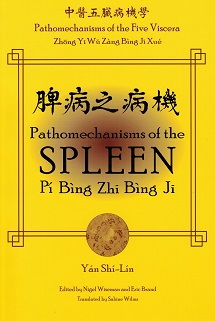
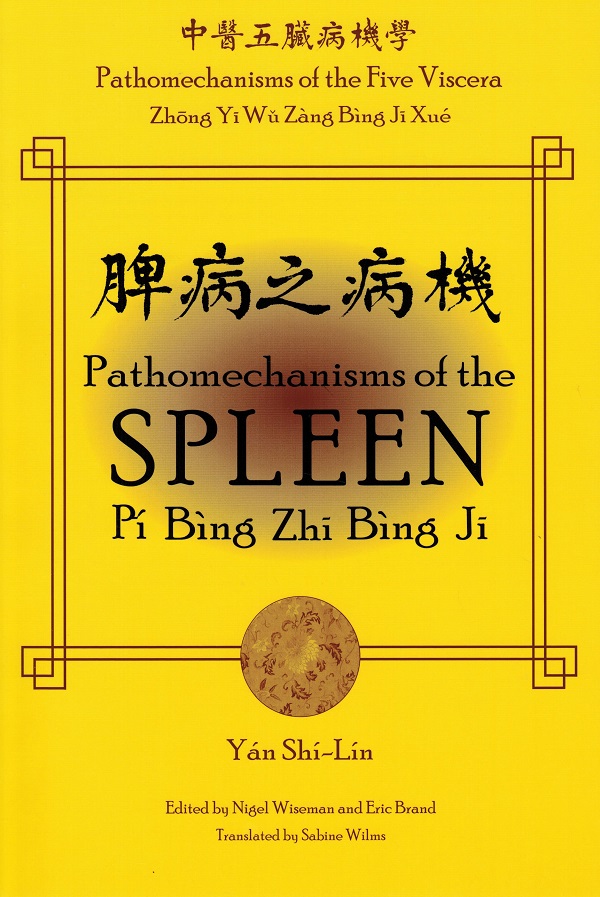
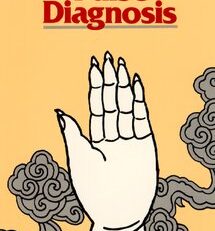

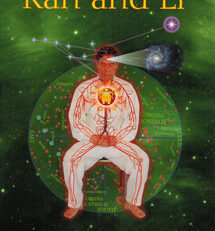
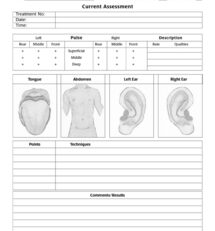
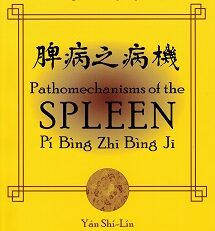
Reviews
There are no reviews yet.